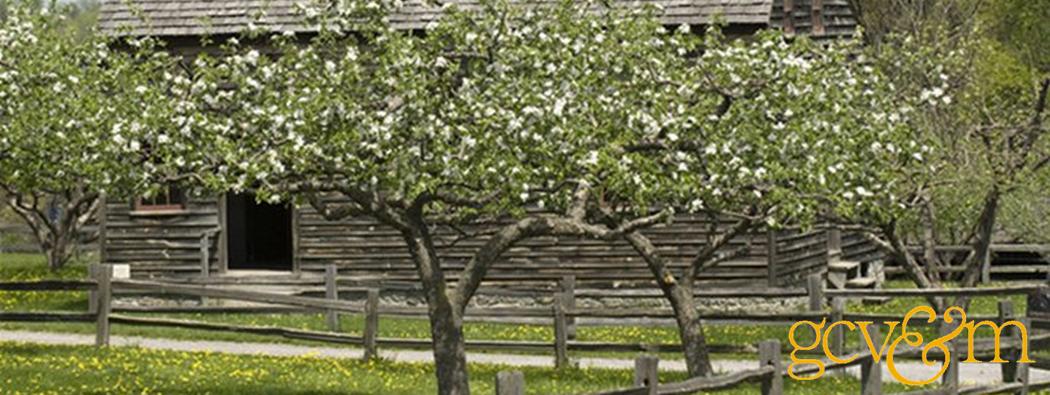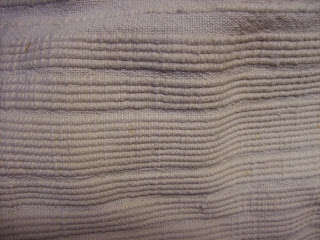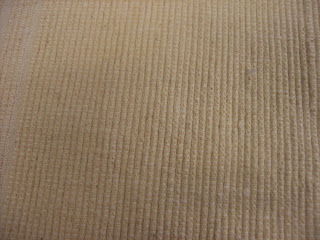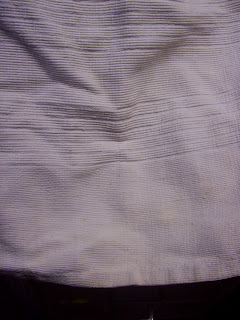Professor Lowe enjoyed the life of a celebrity as he awaited proper conditions for his final test flight before taking The Great Western across the Atlantic. He received invitations from every social circle in Cincinnati, attending parties and dinners on a regular basis. It was late in the evening at one such event when Lowe got word that the weather was right: strong westerly winds at ground level. With the winds blowing west on the ground, Lowe could provide clear evidence of consistent high-altitude east-blowing air currents (this was a theory that Lowe and other aeronauts were collecting data to support).
He went to his test balloon, Enterprise, which was already inflated, and rushed to make last-minute preparations. However, he was delayed by the local newspaper editor who was running off a stack of copies of the next day’s Cincinnati Commercial. Lowe would take these copies as proof of his point and time of origin. Once the papers were in hand, Lowe ascended alone between 2:00 and 3:00 am on April 20th, 1861.
The craft, as expected, began traveling west, until and altitude of 6,000 feet was attained and Lowe entered “the great easterly river of the sky.” The temperature dropped to zero degrees, which caused the moisture on the envelope’s surface to condense and create a miniature “sleet storm” in the basket. The heat of the sunrise caused expansion of the gas and Enterprise rose to approximately 18,000 feet. Lowe drifted over the Cumberland Mountains and ascended still higher due to buffeting air currents—what he figured to be some 23,000 feet.
After passing over the mountains, he quickly dropped in altitude, low enough to shout out to some farmers working in a field below, “what state is this?” Bewildered, the farmers looked all around, unable to locate the disembodied voice. They answered, “Virginia,” nonetheless. Lowe dropped a bit of sand from one of his ballast bags and the farmers looked up. Terror overtook them at the sight of the balloon and they fled for the cover of the trees. Lowe ascended again into the easterly current, until coming back to ground a couple hours later.
He was quickly surrounded by “several planters and negroes.” The slaves attempted to assist Lowe in wrangling the craft to the ground, but were prevented from doing so by the armed white farmers. Several of the latter made threats of violence toward the “damn Yankee devil,” so Lowe to decided to beat a hasty retreat and threw a large bag of ballast out of the basket. As he made another rapid ascent, a young farm hand called out to him, “Hey Mister! I reckon you forgot your baggage!”
The test flight came to an end as Lowe once more drifted down to the earth in a rural South Carolina village. The inhabitants of the town ran for cover; these poor whites and blacks, unlike their city counterparts, had never seen a contraption such as this. A tall young white woman was the first to emerge and lend aid to the professor. The others soon came out, “sneakily deposit[ing] their guns” to avoid embarrassment.
“Many of them still thought I was an inhabitant of some ethereal or infernal region,” Lowe later wrote. In an attempt to explain his journey, Lowe took out one of his rubber water bottles and cut it open to show the contents had frozen at high altitude. The townsfolk, however, saw this as only more evil magic. One elder declared that any Yankee capable of doing these things should be “shot on the spot where he had dropped from the skies.”
Lowe’s free flight had been a success, but he was now faced with threats to his very life. It would be a difficult, if not improssible task, to get himself back home. Not only was he a northerner (with a bundle of abolitionist newspapers, no less) in the South only a week after Fort Sumter had been fired upon, but he was also, at least to these people, a witch!...
 This is the corded petticoat made of woven panels from Master Weaver, Louise Richens in its finished state, all starched and ready to wear!
This is the corded petticoat made of woven panels from Master Weaver, Louise Richens in its finished state, all starched and ready to wear! 









